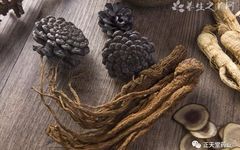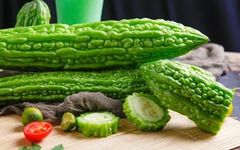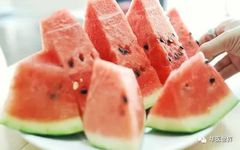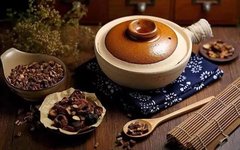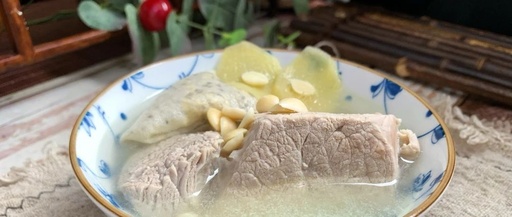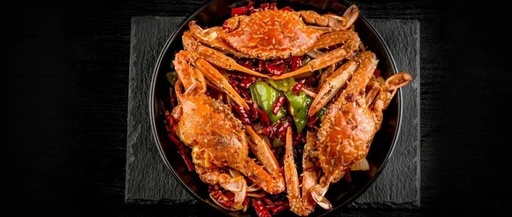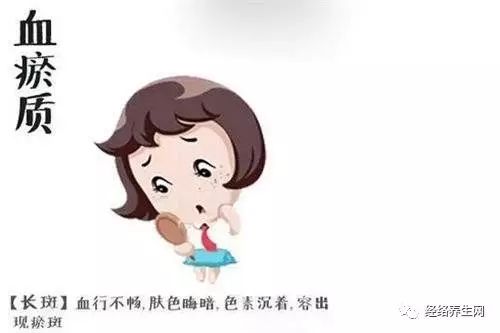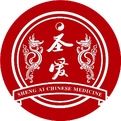How to Determine the Cold and Hot Properties of Foods? Here Are Some Tips!
The “King of Medicine” Sun Simiao said: “As a physician, one must understand the source of illness, know what has been violated, and treat it with food. If dietary therapy does not cure, then use medicine.” It can be seen that food not only provides essential nutrients for human growth and development but also plays … Read more


